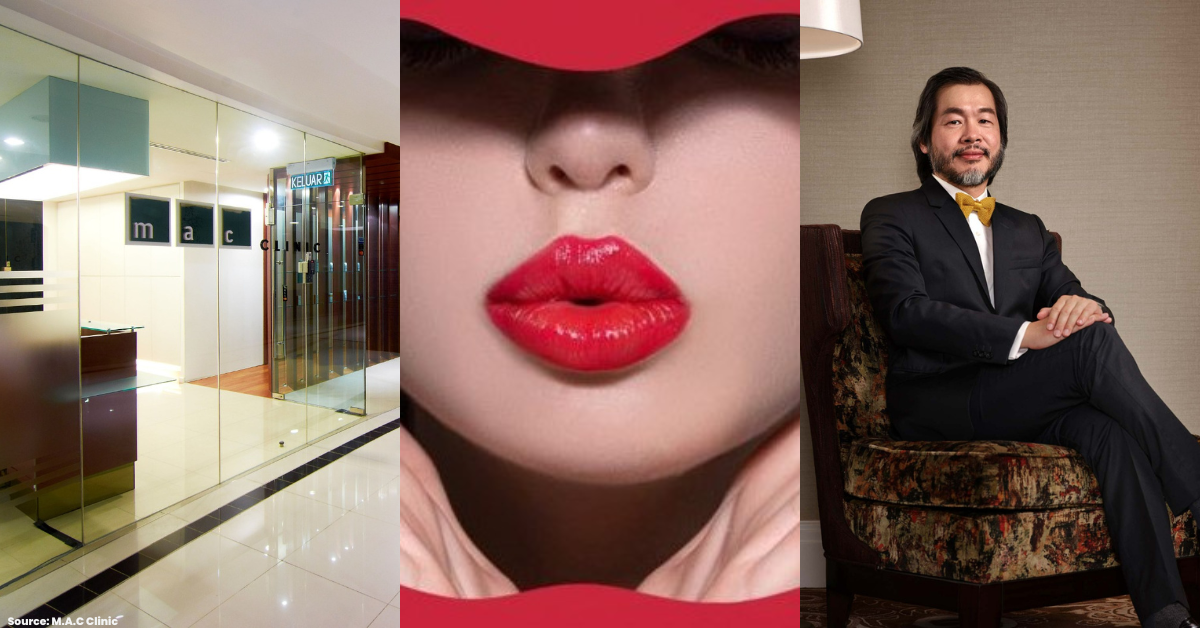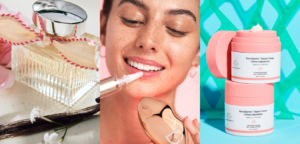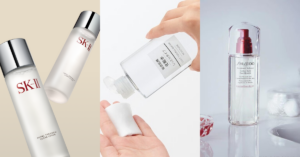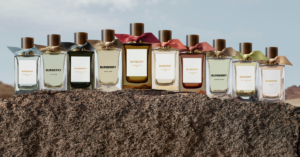Aesthetics
Dr. Hew Tells Us Everything We Need To Know About Lip Fillers
Straight from a licensed doctor
By: Astrid Zulhaime / February 16, 2024

It might surprise you to know that many of your favourite celebrities weren’t born with the lush, full lips they flaunt today. Having said that, we assure you that our Insiders would never pass judgement, so please set aside your weapons, die-hard stans. But being able to visually detect when someone has undergone cosmetic procedures is a thing of the past, as we learned from our enlightening conversation with Dr. Hew Yin Keat from M.A.C Clinic.
The fact that these procedures yield less obvious results speaks volumes about the advancement of aesthetic treatments within just a few decades. As one of the first trainers for Botox in Malaysia, Dr. Hew has been in the industry long enough to witness the evolution of aesthetics firsthand. His expertise makes him the ideal doctor to delve into the topic of lip fillers.
Visit M.A.C. Clinic for more information.
Disclaimer: The Beauty Insider platform does not promote or support any specific treatment. The information provided in this article is for educational purposes only, and we strongly advise all readers to thoroughly research and consult with a doctor accredited by the Ministry of Health before undergoing any aesthetic or medical procedures.
Our Lip Filler Interview with Dr Hew


The Common Questions
What is lip filler? What are the ingredients in the solution?
Lip fillers are gels — not a solution — that are injected into specific points of the lips to increase volume, reduce wrinkles, or improve symmetry. The lip filler ingredient with the best track record is hyaluronic acid, known for their biodegradability as our bodies naturally produce the substance. This stabilised hyaluronic acid can be dissolved with enzymes whenever necessary.
It’s crucial to avoid synthetic or plastic-based fillers due to their potential risks such as tissue damage or vision impairment. While synthetic fillers may promise longer-lasting results of up to five years, ultimately it isn’t worth the risk as they pose significant dangers and cannot be dissolved with enzymes.
Can you talk us through the procedure?
Before getting into the treatment chair, the doctor and patient will discuss the potential outcomes of the procedure. This includes both positive, such as the desired results, and the negative, mainly potential side effects.
The actual procedure is relatively straightforward and typically involves minimal discomfort since modern fillers often contain local anesthetic. Injection points on the lips are determined by the doctor based on the desired outcome. The process usually takes around 10 to 20 minutes, and patients can resume normal activities shortly after. The injection wounds will close up within 24 hours.
How long does the lip filler last and are the effects immediate?
Unlike other aesthetic procedures like Botox or lasers where results take time to manifest, lip fillers offer near immediate effects. Initial swelling may distort the final outcome temporarily so patients might need to wait a day or two to enjoy the full results. If your lips initially appear uneven or slightly lumpy, don’t worry as quality fillers tend to smooth out within days to weeks. Patients can always schedule touch-up appointments whenever necessary.
Lip filler generally lasts from six months to a year. However, Dr. Hew has had patients who didn’t have to repeat the treatment even after two years. “Occasionally it can last longer because the patient takes care of their lips or maybe they’re just lucky.” He mused. Clearly these people are God’s favourites.
What are the side effects? What is the aftercare like?
Common side effects after getting lip fillers include bruising and swelling which will subside in a few days. Patients should also be mindful of the temporary numbing effects of the anesthesia and be cautious of hot food and beverages which may cause burns due to residual numbness. However, the procedure is generally low-risk and serious side effects are rare.
For aftercare, Dr. Hew advises giving your lips some extra TLC within the first 24 hours. Simply maintain cleanliness and apply antiseptic to prevent infections if you feel like going the extra mile. As a precaution, refrain from vigorous activities involving your lips for the first 24 hours to facilitate optimal healing. That means kissing is a big no-no, sorry.
Lesser Known Facts
In your experience, which demographic gets lip fillers the most?
In Dr. Hew’s experience, lip fillers are not commonly requested among Asians as they are already blessed with naturally full lips. But occasionally, younger individuals influenced by celebrities may express interest in undergoing the procedure. Other common patients include people with advanced age who noticed a loss of volume or the appearance of wrinkles in their lips.
Does getting lip fillers produce different results?
Yes because there are many different lip shapes and preferences. Some patients may want heart shaped lips while others prefer volume concentrated at the top and less at the bottom. A well-trained and experienced professional understands what the patient wants and delivers results by injecting the lip filler accordingly.
Sometimes, the inspiration photos shown to Dr. Hew by his patients depict models with lips that have been photoshopped. This makes it essential for him to manage the expectations and desired outcomes of his patients before the procedure.
Do you think more people are opting for cosmetic procedures nowadays?
“Absolutely. Acceptance is a major factor,” said Dr. Hew. The growing acceptance of aesthetic procedures like lip fillers is mainly caused by social media. Previously, the media hesitated to delve into aesthetic topics, fearing reader backlash. However, the landscape has now shifted, with widespread curiosity and interest prompting increased coverage so readers can make an informed decision about their own bodies.
Make sure to follow Beauty Insider on Instagram and Facebook for the latest news updates.

















